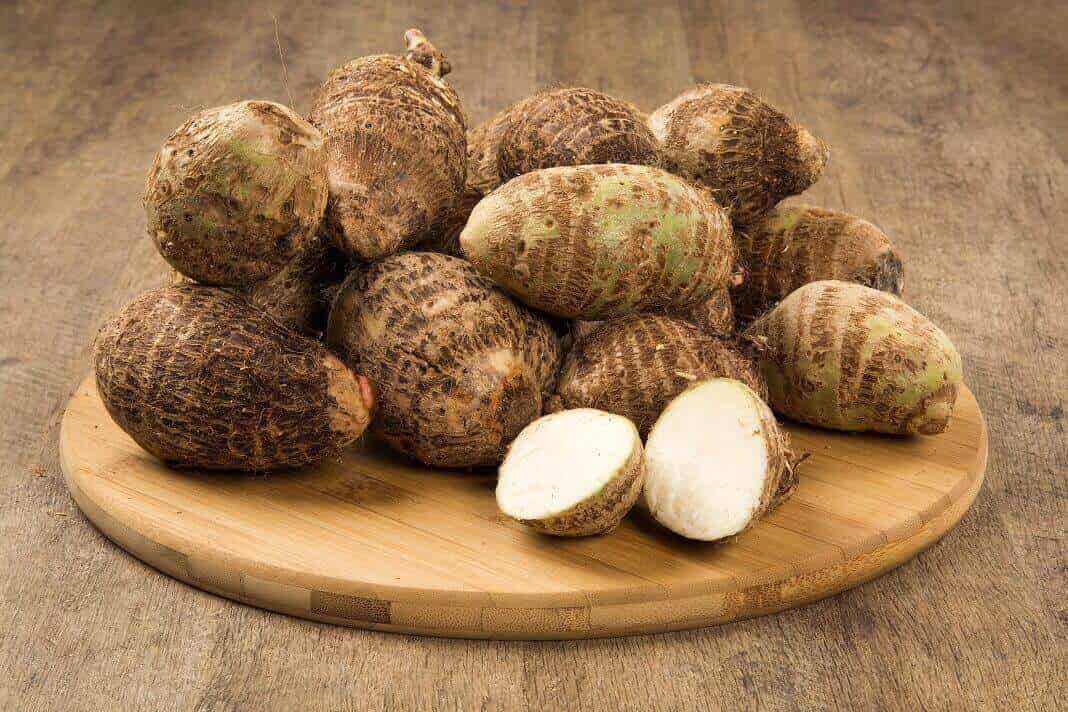

Also known as taro or cocoyam, this root vegetable belongs to the Araceae family. Its scientific name is Colocasia esculenta. Although the Chinese have been cultivating eddoes for over 2,000 years, these starches are quite new to the Western world. Their taste is similar to that of the potato, but with a nutty flavor.
Today, eddoes are popular in Spain, Portugal, Brazil and tropical countries. They can be boiled, roasted, fried or added to homemade breads and puddings. Most times, these vegetables are used as an alternative to yams and sweet potatoes. Their flesh is white, orange, yellow or pink.
This root vegetable is rich in vitamins, minerals and fiber. It contains both simple and complex carbs, making it ideal for those who need lasting energy throughout the day. Plus, it's low in sodium, so it can be safely consumed by people with high blood pressure.
contains a large number of substances that are necessary to maintain a healthy and balanced diet.
helps to regulate and accelerate the digestive process and to lower cholesterol in the body.
in an excellent way to avoid the risk of acquiring heart disease, high blood pressure or overweight problems.
The cormels and central corm of the ñampí are used in human and animal food. The pulp once cooked is soft, very well digestible and has a pleasant flavor. In human food in Costa Rica it is prepared in soup with other vegetables and meat (pot of meat), in slices or fried thick flakes or simply boiled in water with salt (sancochado), this form of preparation sometimes replaces the bread that accompanies the coffee or the "aguadulce" that the Costa Ricans take mainly in rural areas.
Presentation
Weight: 15 Kg
Boxes per pallet: 60
Composition
Fiber: 4g
Carbohydrates: 28g
Protein: 2g
vitamin A: 2%
Vitamin C: 8%
Calcium 4%
Uses:
Meat pots, fried, boiled with water
Copyright © CAYMA